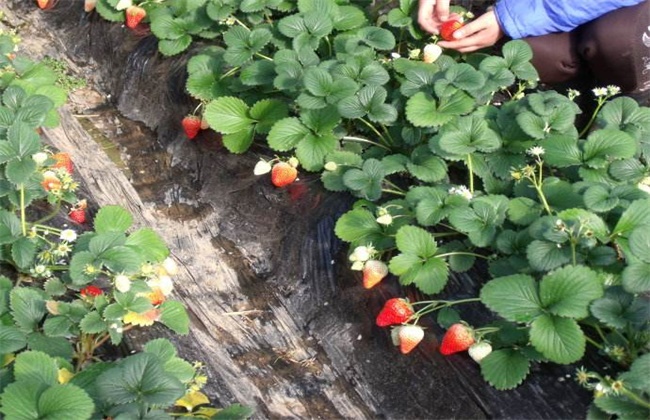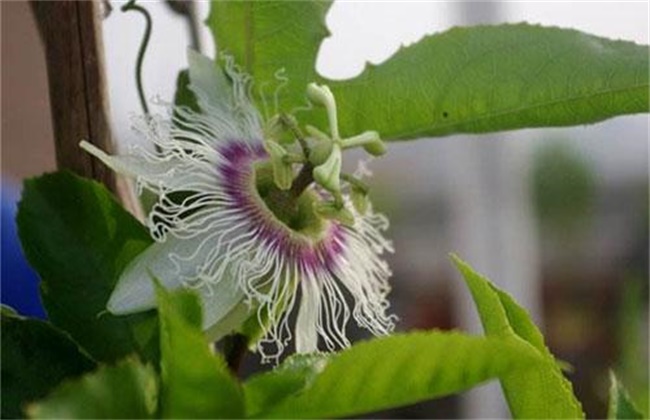Key points of management of passion fruit in spring
Spring is not only the season of recovery of all things, but also the preface of passion fruit management, which is basic and crucial. Spring management can reduce the pressure of diseases and insect pests during the growing period of passion fruit, improve yield and quality, and play a vital role in overall income. Let's take a look at the spring management measures of passion fruit with the editor.

1. Pruning and clearing the garden
The key point is to remove dry and withered branches, diseased leaves, diseased fruits, fallen leaves and weeds, etc., for those with more seedlings and frostbite, according to the specific situation, if the main vine has frostbite, it can be directly destroyed and replanted after the temperature is stable. Spring pruning must be after the fruit harvest to before sprouting, the general main vine leaves 4-6 first-class vines, each first-class? leave 20-30 cm cut off. After pruning, the remnants of orchard disease should be burned in time to reduce the number of pathogens. At the same time, spray disinfection should be carried out on cut mouth and branches, and spray disinfection should be carried out on sunny days, preferably stone-sulfur mixture.
2. New seedling colonization
When the temperature is stable above 10 degrees in spring, it is necessary to consider planting, and the old park suggests not planting old holes to strengthen the possibility of stem rot. After planting, you should irrigate enough fixed root water, or apply biological stimulants to activate the root system, do not burn the root because of quick fertilization. When the seedlings are planted for half a month or so, the roots begin to dabble, and sea elves can be applied once to promote root growth, and topdressing is considered after the new leaves grow.
3. Fertilizer and water management
Because there are more Rain Water in spring, in order to avoid stagnant water and retting roots, it is necessary to dredge the drainage ditch after the new seedlings are planted, so as to keep the drainage in the orchard good. After the new seedlings grow new leaves, apply high-nitrogen fertilizer every half a month, watering in time after each fertilization, pay attention to less potash fertilizer, so as not to cause dull seedlings, pay attention to the root distance when fertilizing, so as not to damage the roots by thick fertilizer. In the first half of flowering, the application of nitrogen fertilizer should be controlled, phosphorus and potassium fertilizer should be applied, and trace elements such as boron, magnesium and zinc should be maintained to promote flowering and fruit setting.
4. New seedling pruning
The pruning of new seedlings is mainly covered with buds, put on shelves and topped. If large seedlings are planted, bamboo poles and branches can be inserted at the time of planting to make them quickly put on the shelves. After the main vine is on the shelf, it begins to top, which promotes the germination of the primary vine. When the primary vine grows to 8-10 leaves, it is topped to promote the secondary vine to become a fruiting branch.
The above is the spring management of passion fruit introduction, hope to help you, want to know more related knowledge, please follow us.
Related
- Moge, come on! The staff of the peasant association in the producing area of cantaloupe were frightened when the crowd gathered.
- Causes and Solutions of low Fruit setting rate of Apple
- Symptoms and control measures of passion fruit virus disease
- Fruit growing lesson: how do apple orchards keep high yields?
- Can you build orchards in the mountains? What are the pros and cons?
- How to manage the coloring period of Crisson grape?
- This paper introduces the processing technology of two kinds of fig products.
- How much is a month for retired teachers in rural areas by 2020?
- How can strawberry planting increase sugar content? We should pay attention to management in many aspects.
- What are the cultivation techniques on how to improve the yield of golden fruit?



